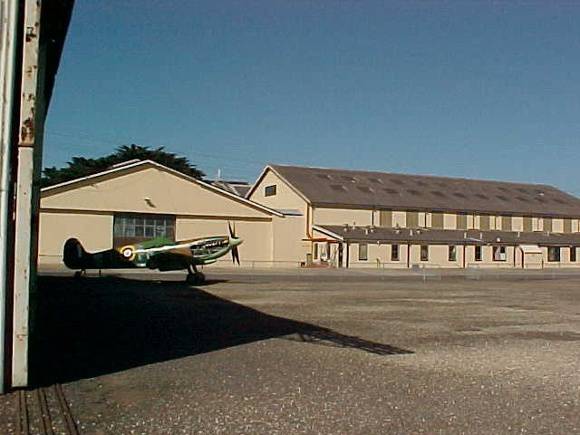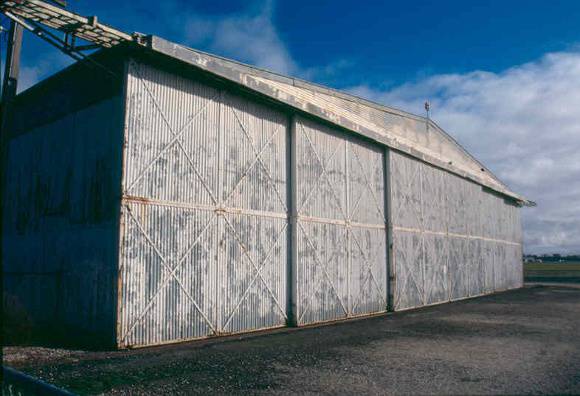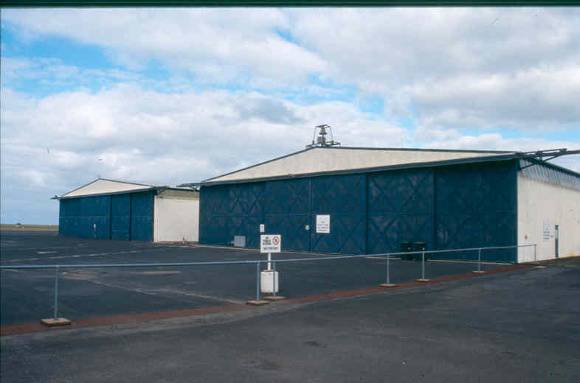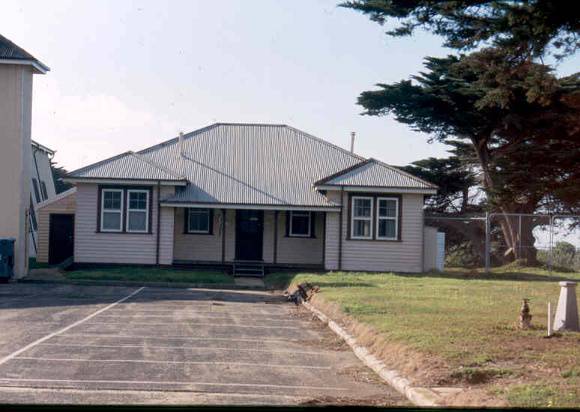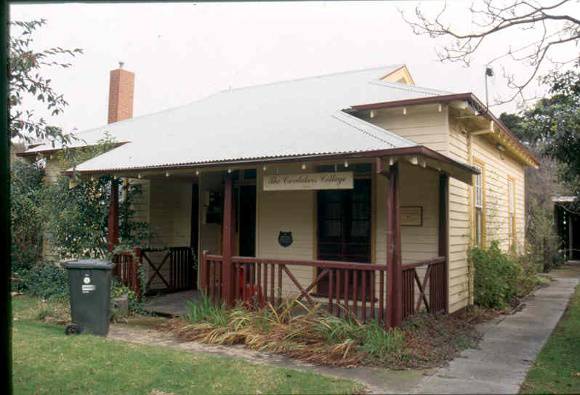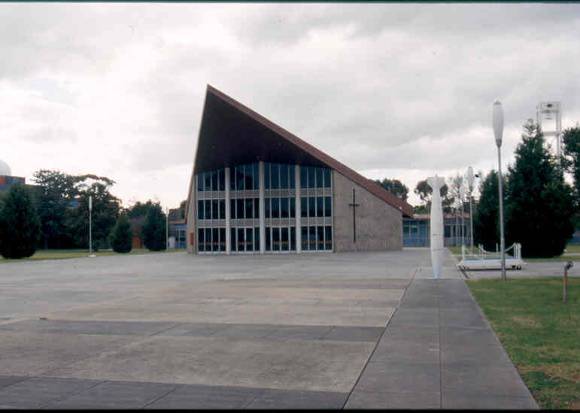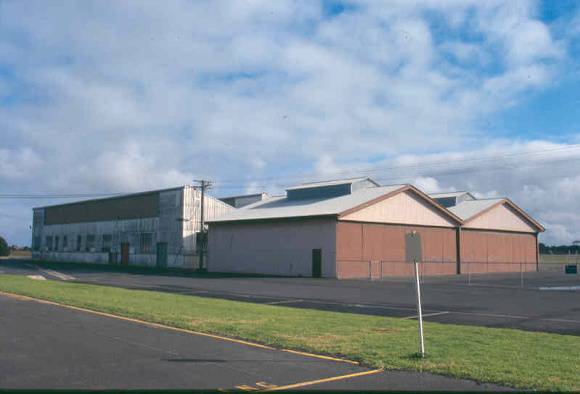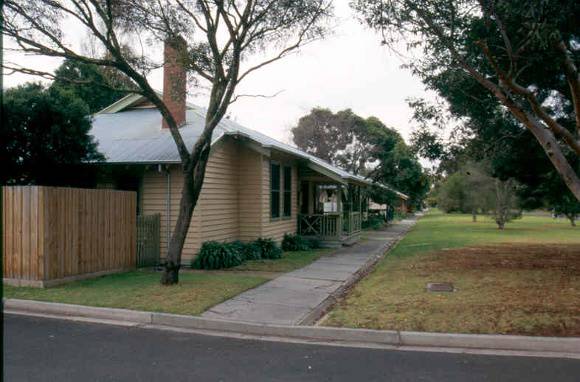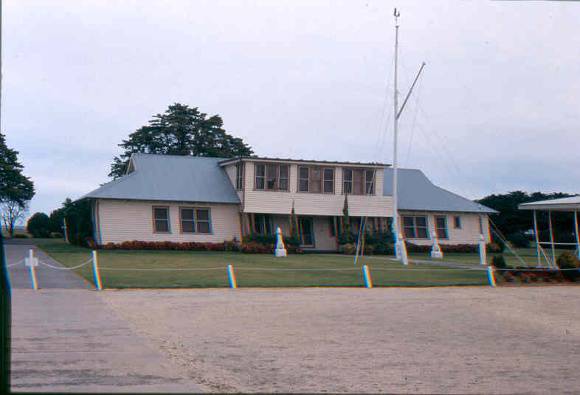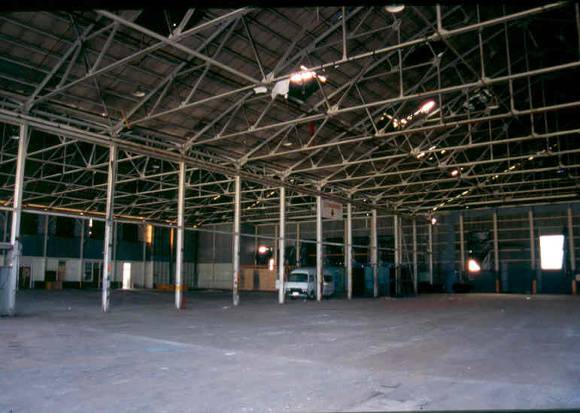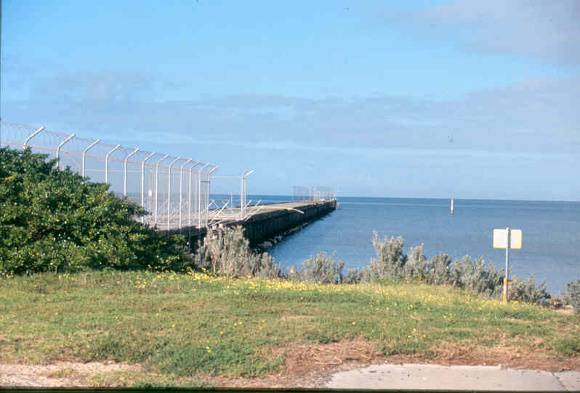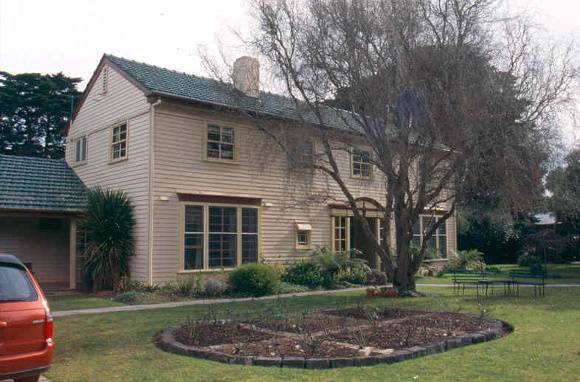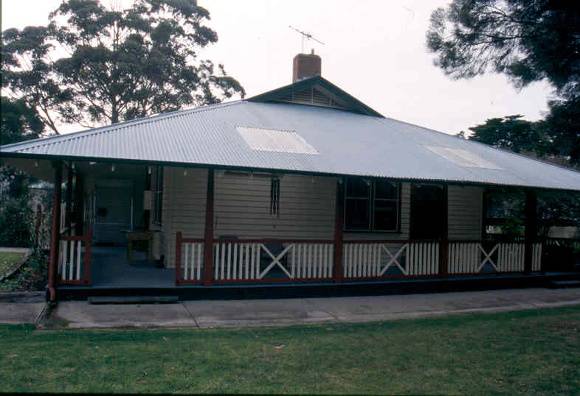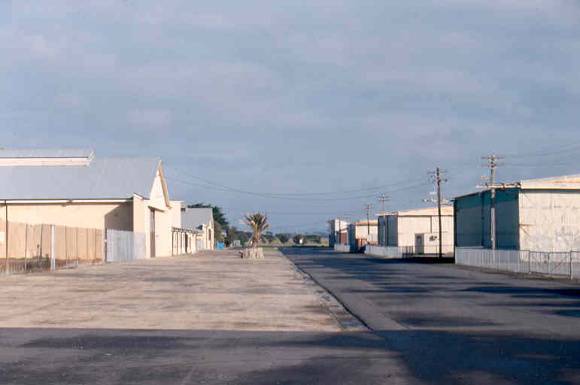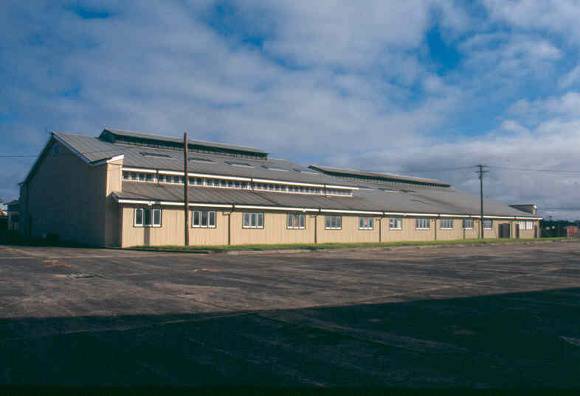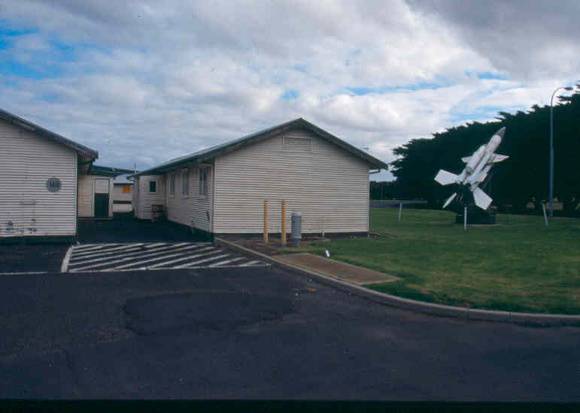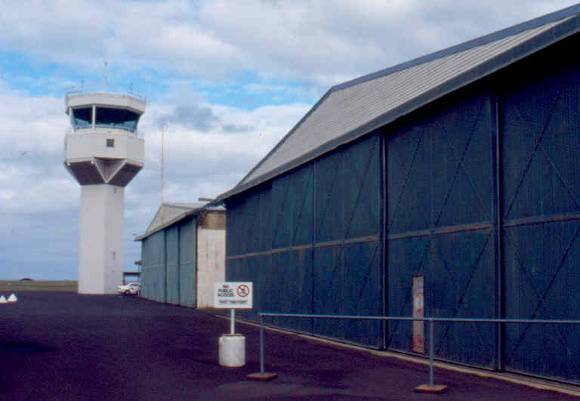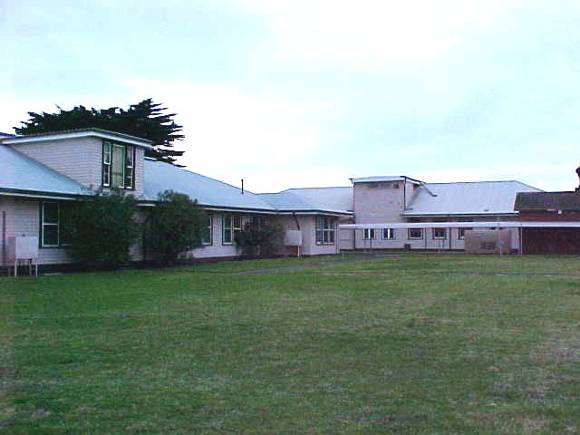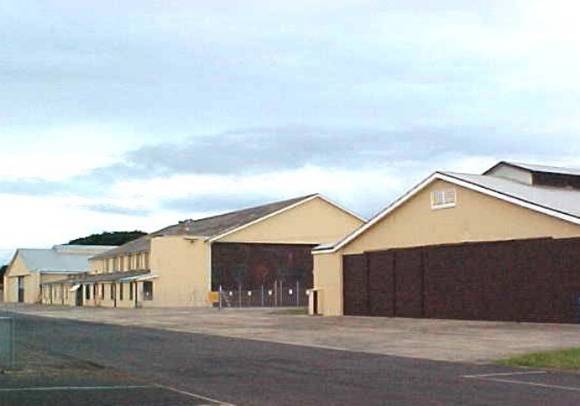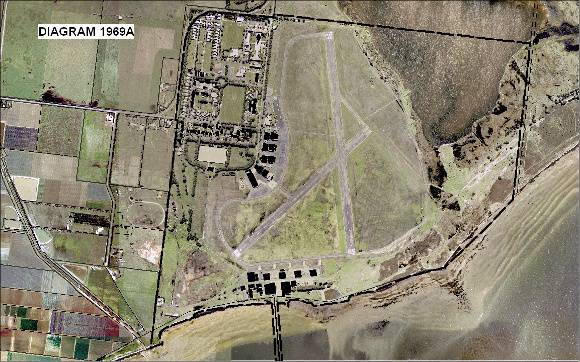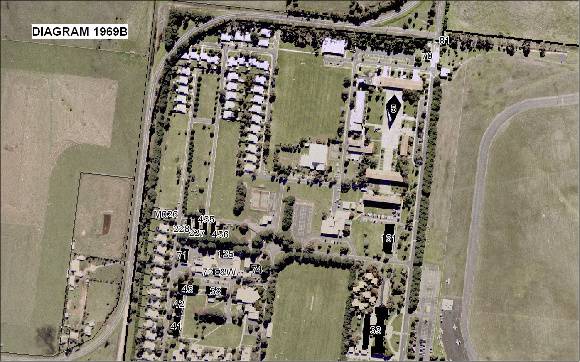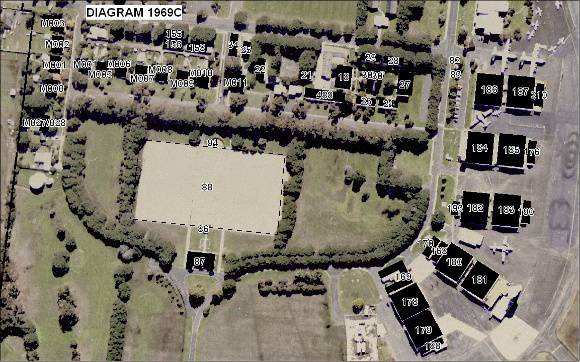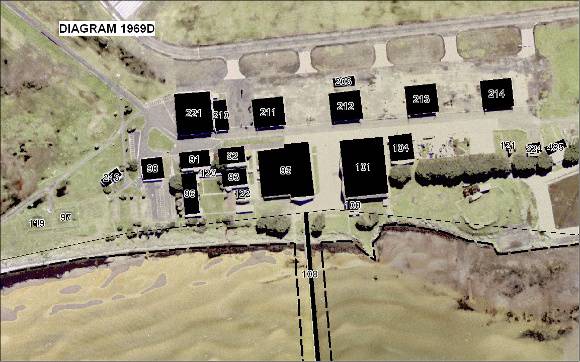| Back to search results » | Back to search page » |
|
Point Cook RAAF Complex
Statement of Significance
DRAFT - NOT YET APPROVED BY HERITAGE COUNCIL How is it significant? Why is it significant? Point Cook RAAF Complex is of architectural significance as the best and most complete collection of early aviation buildings in Australia. The hangars, workshops and training buildings of the South Tarmac area form a unique and long lived precinct. The buildings are in very good condition and their form reflects their operational function. The early accommodation, mess and married quarter buildings of the south base form a precinct of great architectural value. The influence of John Smith Murdoch is seen in the use of the Commonwealth Vernacular and Classical Revival styles for single and double storey weatherboard, timber buildings. It is interesting to compare both the layout and the design of buildings at Point Cook, executed in timber, with the stylistically similar and contemporaneous HMAS Cerberus at Crib Point where the Senior Service was allowed more substantial brick buildings. The large numbers of accommodation and hangar buildings remaining from the Second World War demonstrate the architectural response to the exigencies of that conflict and are important to an understanding of the complex.
What is significant?
The Point Cook RAAF Complex is the birth place of Australian military aviation. The decision by the Commonwealth in 1911 to establish an aviation capability was taken at a time when the military value of aircraft had not yet been proved. The Commonwealth purchased land at Point Cook in December 1913. Point Cook was chosen because of its suitability for both land and seaplane operations. Building and flying commenced in 1914. During the First World War the facilities at the base were expanded. The remaining buildings from this era include hangars, officersÆ mess and accommodation, the jetty, water tower and married quarters. These early buildings, to the design of important Commonwealth architect John Smith Murdoch, are predominantly timber in a style which has come to be known as Commonwealth Vernacular. In the inter-war years the importance of military aviation was established and the Royal Australian Air Force was formed in 1921. Bases like the nearby Laverton were built during the lead up to the Second World War. Point Cook remained the home of initial flight training and additional operational, accommodation and married quarter buildings were constructed. As well, the layout of the base was fixed during this time. After the very earliest phase when flying was carried out in the area of what is now the parade ground, the south tarmac area became the operational and training heart of the base with seaplane facilities oriented toward the water and land based planes using the all over grass airfield to the north. Accommodation, messes, administration and married quarters were separated from the operational and training area until the Second World War when the development of the north tarmac area occurred. The war saw the greatest expansion of the base with characteristic temporary and pre-fabricated accommodation buildings and hangars. The post war era resulted in the development of the north base in its present form as the RAAF College. During its operational life Point CookÆs main focus was always on training. In the 1990s flying training was relocated leaving only the museum and college and the base was declared surplus to requirements.
Point Cook RAAF Complex is of historical and architectural significance to the State of Victoria.
Point Cook RAAF Complex is of immense historical importance for its association with the establishment of Australia's military aviation forces in 1913 by the Commonwealth Government. It retains ample evidence, both in layout and remaining buildings, of its earliest history. It remained the home of flying training for generations of RAAF personnel and as such retains an almost spiritual importance for members of that service.
Group
Military
Category
Defence Base Airforce


